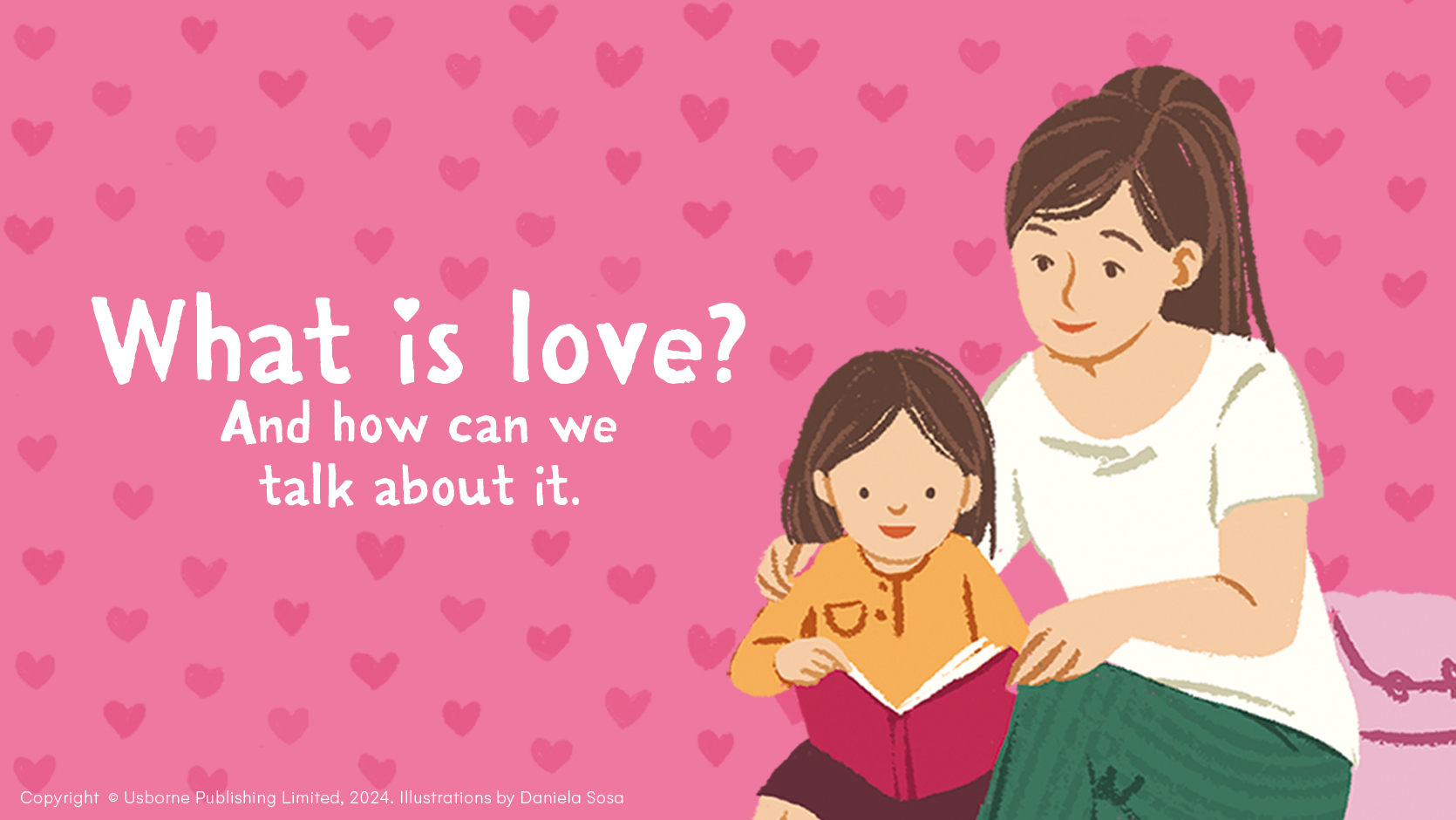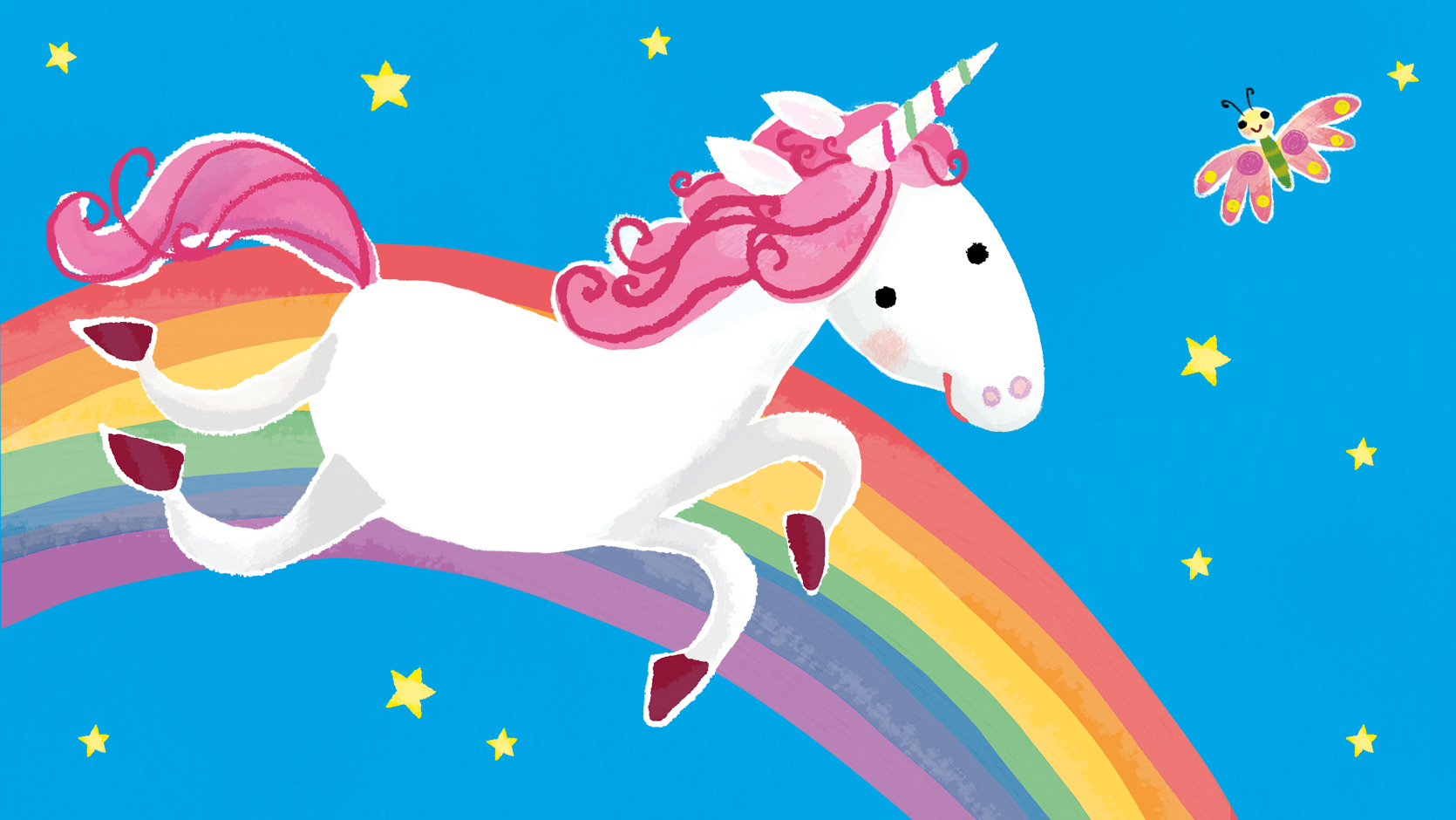- Behind the scenes at Usborne
New Year's Eve around the world
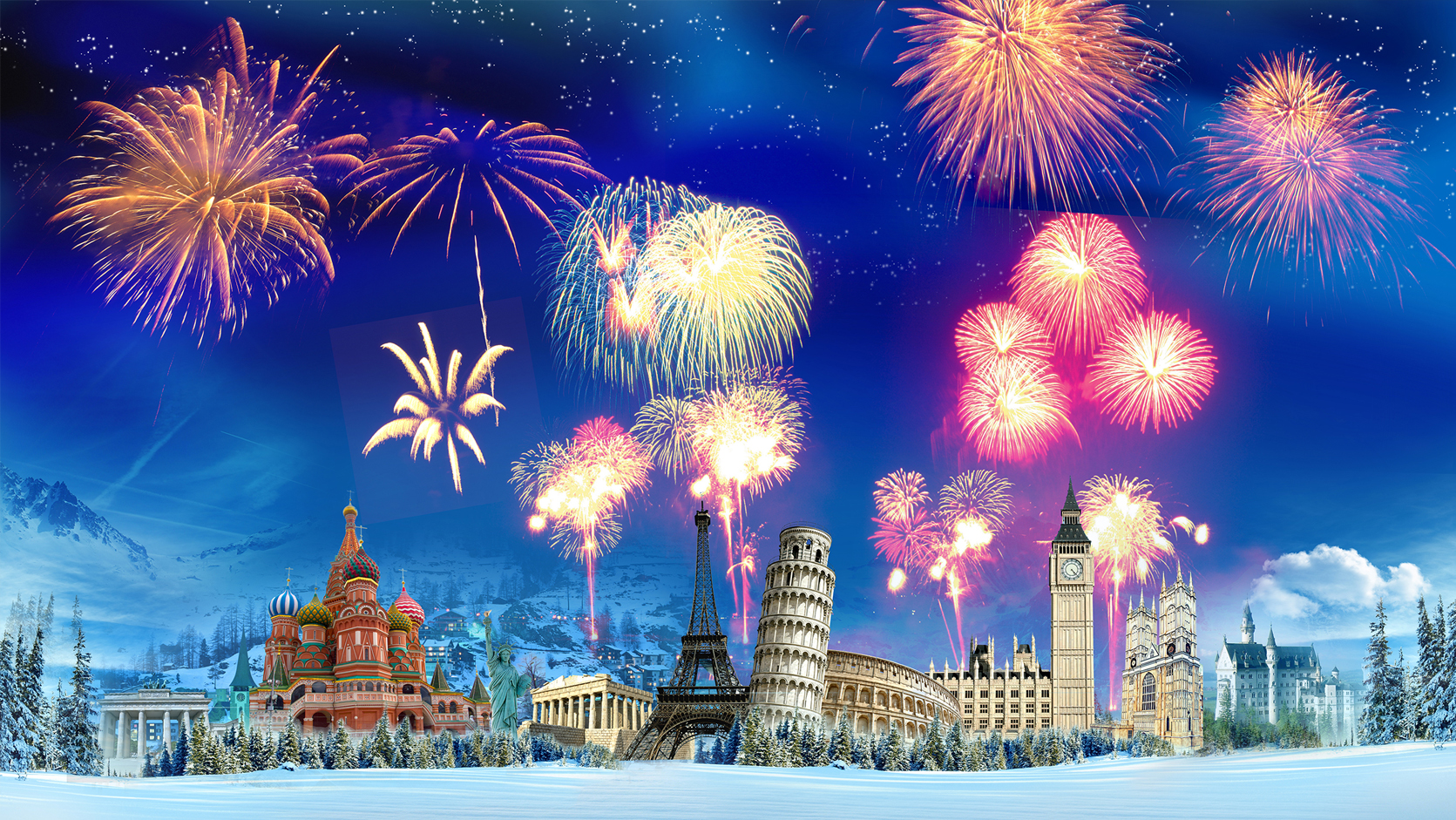
New Year's Eve isn't just about fireworks and champagne – countries around the world all have their own traditions, and some are very bizarre indeed! At Usborne, we have staff from many different countries and we asked them to tell us about their New Year's Eve traditions.
Stella, in the Foreign Rights department, on New Year’s Eve in Germany:
On New Year’s Eve (called Silvester in Germany), like in many other countries, we like to celebrate with loud and colourful fireworks, sparklers, bubbly glasses of Sekt (German sparkling white wine), and a countdown to midnight. But there are other traditions too:
In some regions of Germany, it is popular to eat doughnuts on New Year’s Eve. Known colloquially as Berliner (or Krapfen, Pfannkuchen, and Kreppel – depending on where you are), these sweet treats are filled with jam or chocolate. However, hidden amongst the normal doughnuts will be one filled with mustard! It is believed that the person who bites into the mustard-filled concoction will be rewarded with lots of good luck in the upcoming year.
Arguably, one of the most bizarre and yet beloved traditions, is watching an 18-minute long show called “Dinner for One”. This British comedy sketch originated in the 1940s and has been broadcast in Germany every year since 1972! Millions of people gather in front of the television to watch this black-and-white slapstick performance. It will be repeated on all channels, sometimes continuously, throughout the day and into the evening of the 31st. It doesn’t feel quite right to start the year without it. “Dinner for One” continues to hold the Guinness World Record for the most annually repeated show.
Paula, in the Foreign Rights department, on New Year’s Eve in Finland:
One popular Finnish tradition is to melt tin on New Year’s Eve before the fireworks. Miniature tin horseshoes are first melted in a pan and quickly poured into a bucket of ice-cold water. As the melted tin hits the water it cools and instantly re-solidifies in weird and wonderful random shapes, which are then interpreted to predict a person’s future wealth or happiness. Some people just look at the shape, some look at the shadows the tin shapes make. And predictions are of course always positive ones!
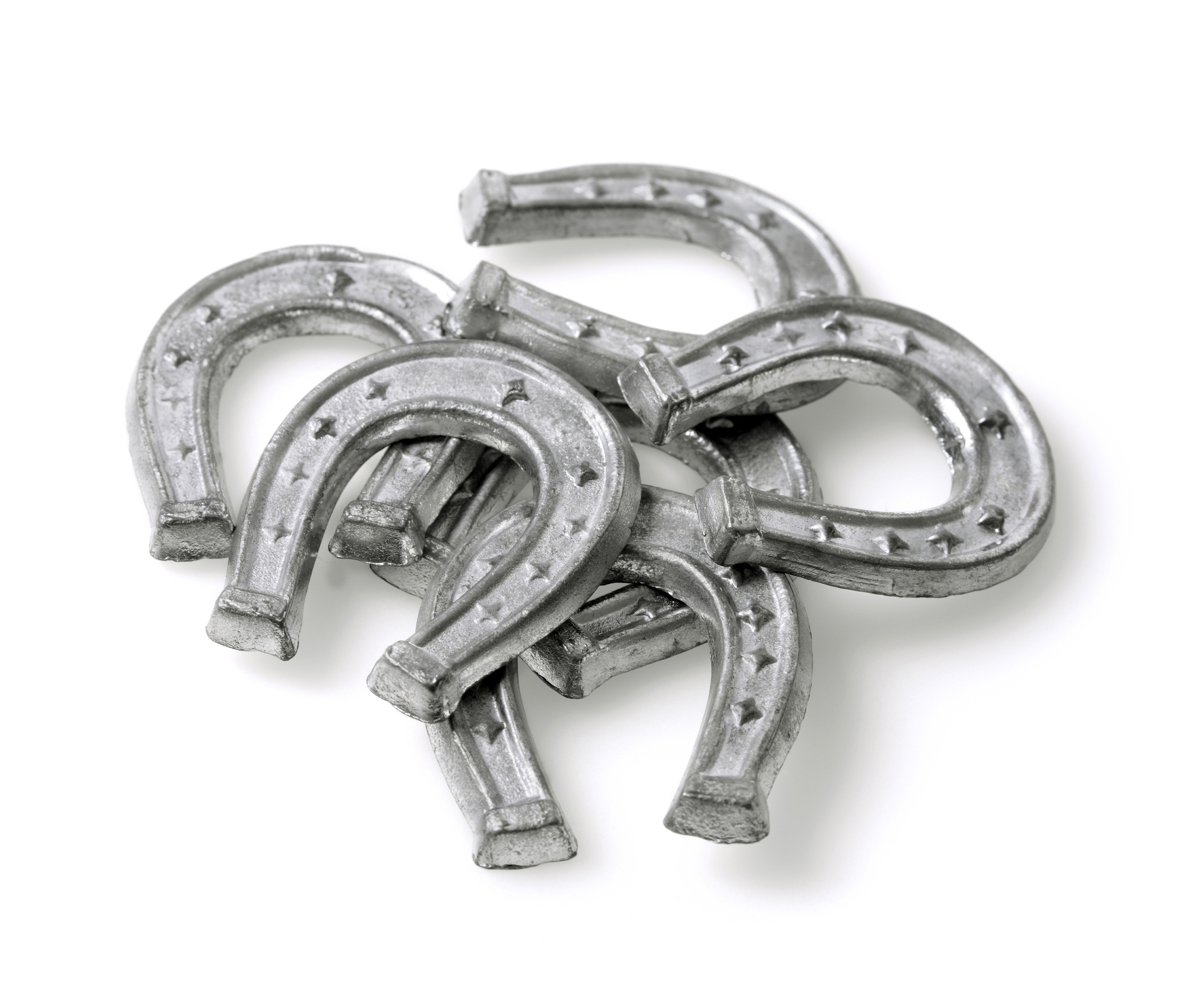
Tin horseshoes from New Year's Eve in Finland
Irene, in the Foreign Rights department, on New Year’s Eve in Italy:
In Italy, December 31st is also known as Saint Sylvester’s night, and it is tradition to celebrate with a big dinner amongst friends and family. The most traditional dishes served are zampone and cotechino (pig’s foot and pork sausage respectively), accompanied by lentils for a prosperous new year! Most Italian cities organise celebrations in the city square with concerts and dances often followed by fireworks. New Year’s Day is usually spent with family, playing games and watching the New Year’s concert from the Vienna Philharmonic Orchestra.
Cecilia, in the Foreign Rights department, on Chinese New Year in Taiwan:
For Chinese New Year in Taiwan, the family will prepare a big round table (which translates as “Reunion” 團圓) of food, with everyone gathered around to chat and drink. After that, the elder family members give the children a red envelope filled with money. This is the happiest moment for the children in the year. If you have already started working, you can't take the red envelope, but you have to give the elders a red envelope back. (In Hong Kong, as long as you are unmarried, you can receive a red envelope!).
Then everyone starts to gamble, or play cards, Chinese chess or mah-jong. It is the only time of the year where gambling is legal, so everyone plays all night!
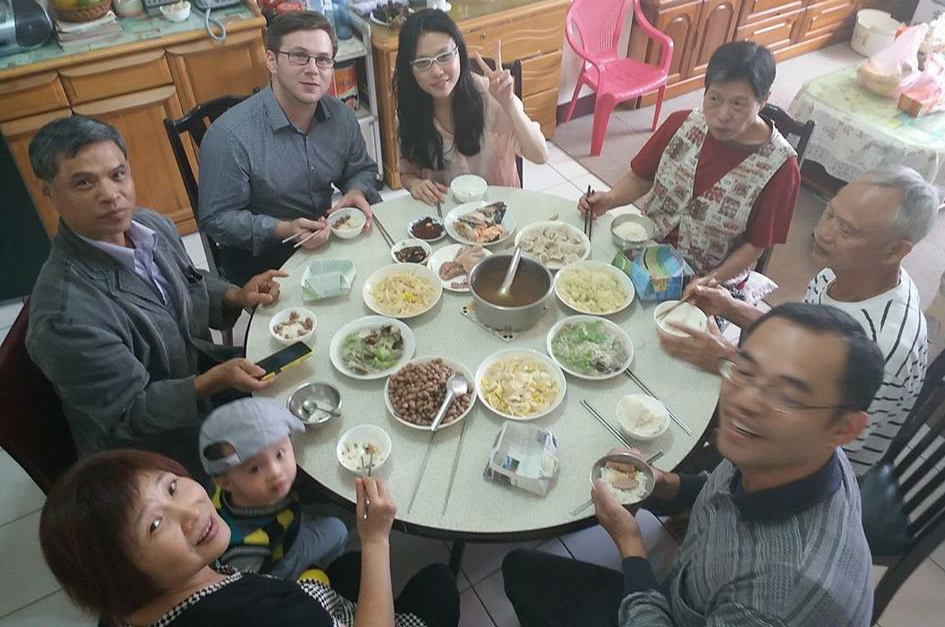
A round table with lots of different dishes to celebrate Chinese New Year in Taiwan
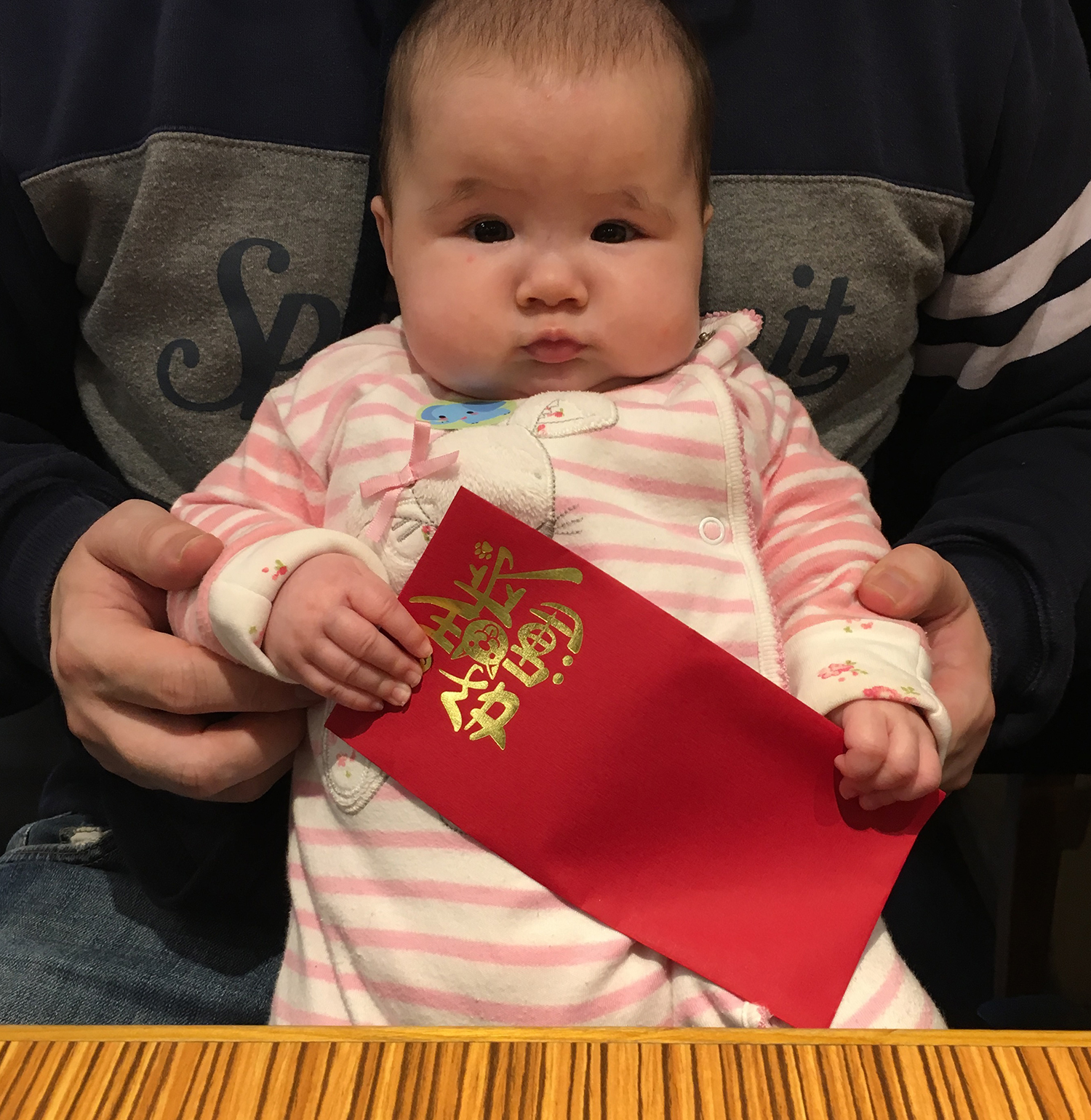
A lucky baby girl with the 'red envelope' filled with money
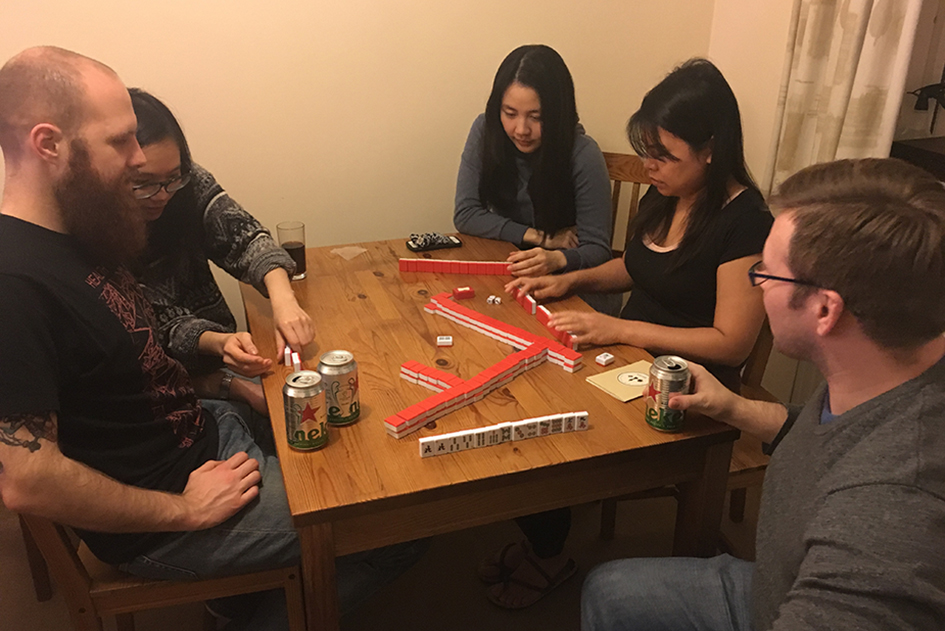
Playing mah-jong into the night
Becky, in the Fiction Editorial department, on Rosh Hashanah (Jewish New Year):
Rosh Hashanah is the Jewish New Year, celebrated on the first and second days of Tishrei – the first month of the Jewish civil calendar, which usually falls around September / October.
Rosh Hashanah marks the creation of Adam and Eve, and is a celebration of new beginnings, and of what the New Year will hold. It centres around being with family, saying prayers – and eating lots of sweet food! Honey plays a particularly big part, symbolizing our hope for sweetness in the year ahead. We dip apple segments in honey, as well as challah (a special Jewish bread) – which makes a change from the salt that we would usually dip it in during the Shabbat meal (every Friday evening). Other dishes include pomegranates (because of their sweetness, as well as the belief that a pomegranate has 613 seeds – the same number of commandments in the Torah) and the head of a fish (as Rosh Hashanah means 'head of the year').
Traditionally, the New Year starts with the sounding of a shofar – a ram's horn – at the synagogue, and we usually visit the synagogue several times over the two days. At nightfall, we also light candles with blessings and prayers for the year ahead.
The most important part of New Year is to celebrate and to look forwards, so, for my family, our Rosh Hashanah is also filled with Prosecco, games and a lot of laughter. The perfect way to start the year with a smile!
Finally, Floss, in the Editorial department, on New Year’s Eve in the UK:
I live in a small town in the Oxfordshire Cotswolds in England. We are lucky to have four pubs in the centre of the town around the main crossroads. There's a tradition that every New Year's Eve, just before midnight, people of all ages come out of their homes and out of the pubs to meet in the centre of town and cross arms and hold hands in a big circle. As the church clock strikes midnight, we all sing the traditional Scottish song 'Auld Lang Syne', then go around and wish everyone Happy New Year. It's a lovely way to bring in the New Year with friends, neighbours and visitors.
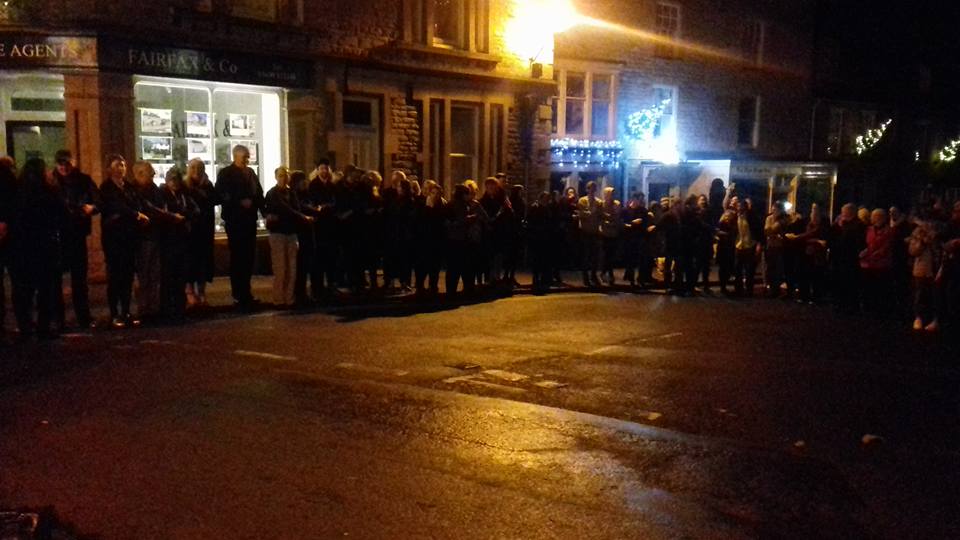
"SHOULD AULD AQUAINTANCE BE FORGOT, FOR THE SAKE OF AULD LANG SYNE"…Singing the traditional song at midnight in a town in Oxfordshire. Auld Lang Syne roughly translates as 'for old times'.
Usborne publishes books in English, French, German, Italian, Korean, Dutch, Spanish, Catalan, Brazilian Portuguese, and Chinese.

